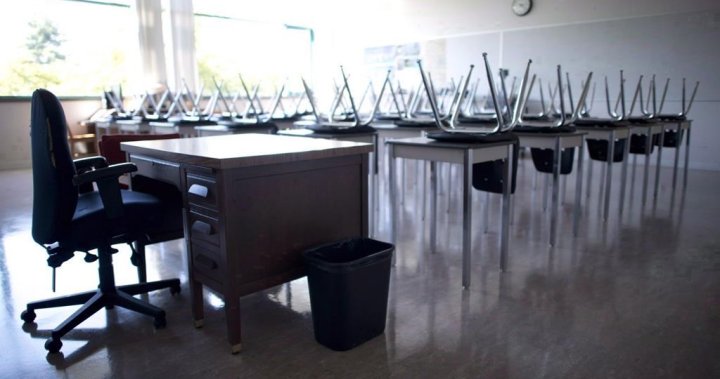In a significant policy shift aimed at addressing Ontario’s growing classroom crisis, the provincial government announced Wednesday it will add 2,600 new teacher candidate spaces at universities over the next three years. This expansion represents the most substantial increase in teacher training capacity in recent memory, as schools across the province struggle with vacant positions and an alarming shortage of qualified educators.
“We’re witnessing classrooms without permanent teachers and students missing out on specialized instruction,” said Education Minister Stephen Lecce during the announcement at Queen’s University in Kingston. “This expansion targets the areas where we’re seeing critical shortages – French language education, mathematics, technology, and special education.”
The initiative will distribute new spaces across 13 Ontario universities with teacher education programs, with the first cohort of 865 additional students beginning in September 2024. The province has committed $60 million over three years to fund this expansion, which will ultimately increase the annual teacher graduate pool by nearly 25 percent.
According to data from the Ontario College of Teachers, teacher retirements have accelerated dramatically since the pandemic began, with over 7,500 educators leaving the profession in 2023 alone. Simultaneously, enrollment in teacher education programs had been declining until recent years, creating a perfect storm of supply and demand imbalance.
Queen’s University, which will receive 210 additional spaces, plans to focus specifically on French as a second language qualifications – an area where shortages have been particularly acute. “We’re seeing school boards post the same French teaching positions five or six times without finding qualified candidates,” said Dr. Rebecca Luce-Kapler, Dean of Education at Queen’s.
The announcement comes after mounting pressure from education stakeholders across the province. The Ontario Public School Boards’ Association reported that 80 percent of boards experienced significant teacher recruitment challenges last year, with rural and Northern communities facing the most severe shortages.
Critics, including opposition education critic Marit Stiles, questioned whether the expansion goes far enough. “This is a step in the right direction, but we’re still not addressing the underlying issues driving teachers from the profession – including workload concerns, violence in classrooms, and compensation that hasn’t kept pace with inflation,” Stiles said in a statement.
The teacher shortage has created cascading effects throughout Ontario’s education system. Schools have increasingly relied on uncertified emergency replacement teachers, merged classrooms, or reassigned administrators to teaching duties. Some boards have even reduced course offerings, particularly in specialized areas like technology education and senior mathematics.
Beyond simply adding spaces, the province announced targeted incentives for candidates willing to specialize in high-need areas or commit to teaching in underserved regions. These include tuition rebates of up to $4,000 for those who agree to teach in Northern or rural communities for at least two years after graduation.
Education experts caution that while expanding the pipeline of new teachers is crucial, retention of existing educators remains equally important. A recent survey by the Ontario Teachers’ Federation found that 67 percent of early-career teachers had considered leaving the profession within their first five years, citing stress, administrative burden, and lack of support as primary factors.
As Ontario’s student population continues to grow, particularly in suburban areas around Toronto and Ottawa, the question remains whether this expansion will be sufficient to meet classroom needs in the coming decade. Will addressing the supply side of the equation be enough, or does the education system require deeper structural reforms to create sustainable teaching careers that will attract and retain the next generation of educators?

























